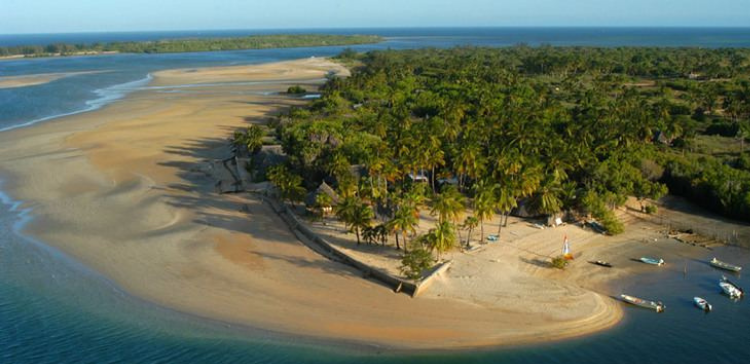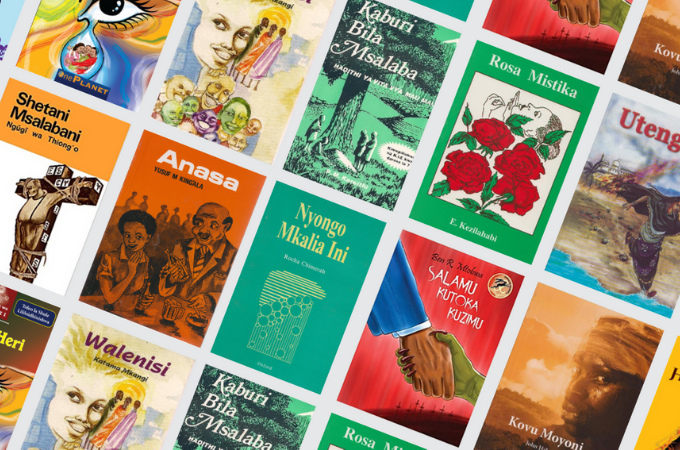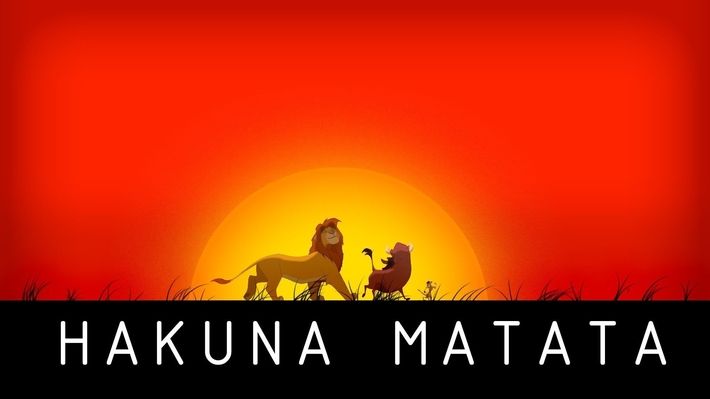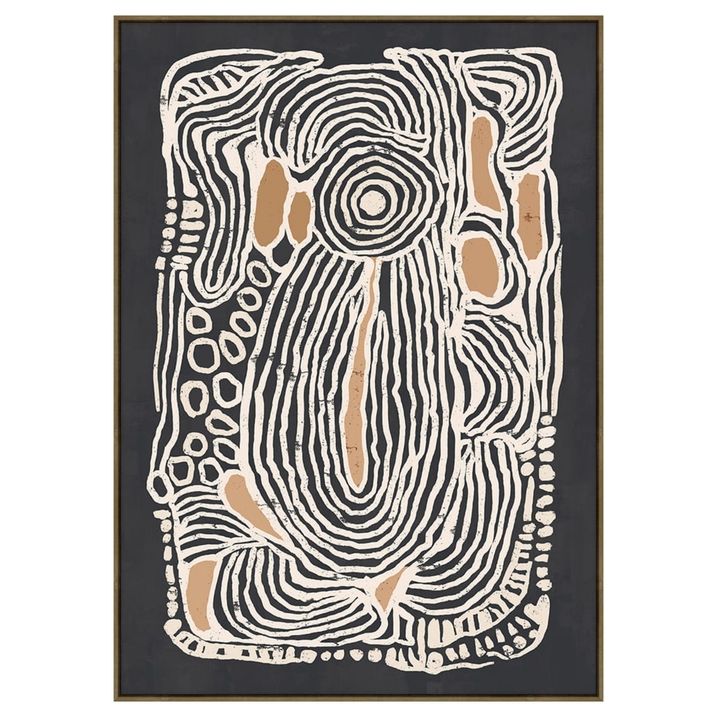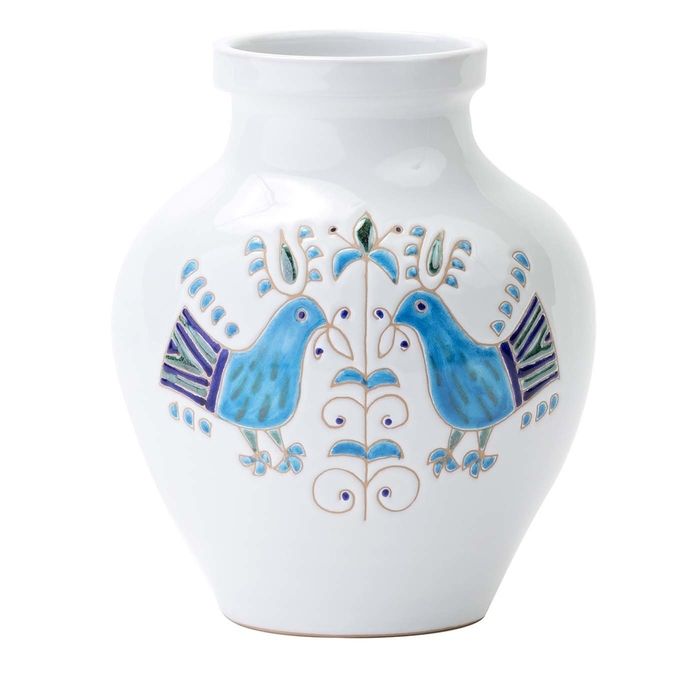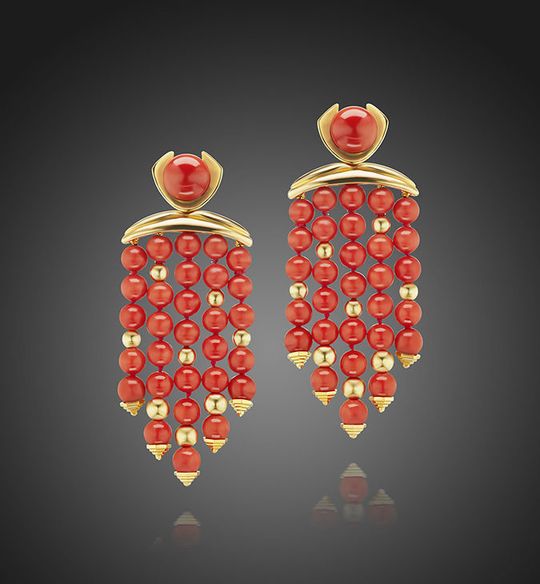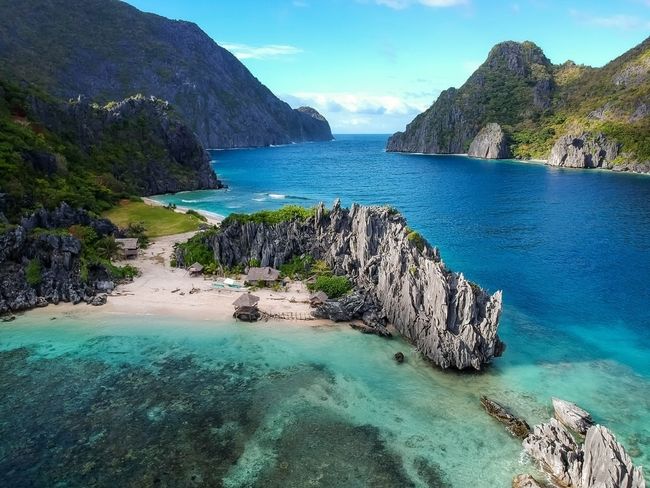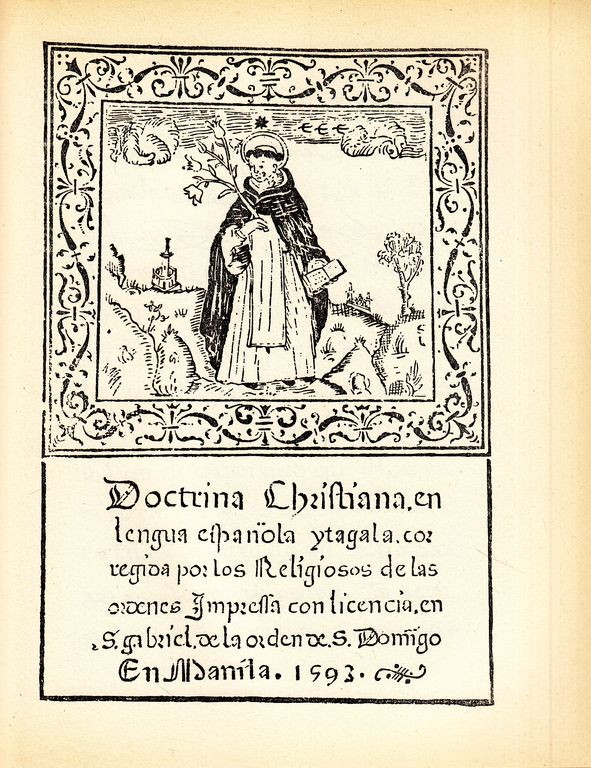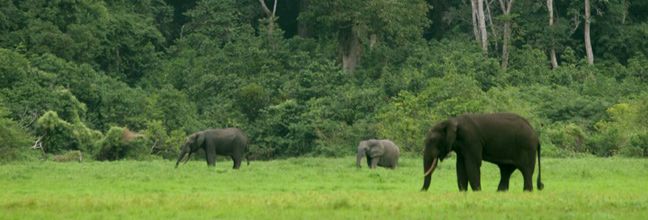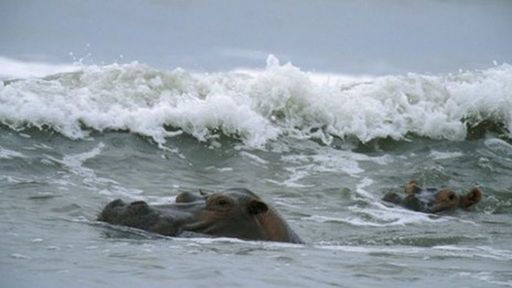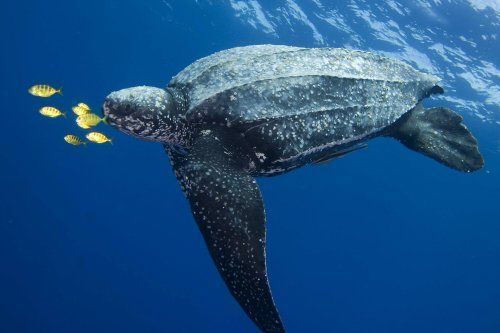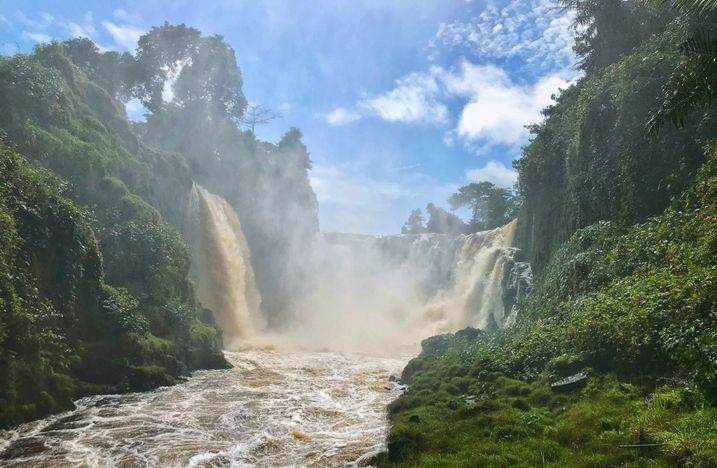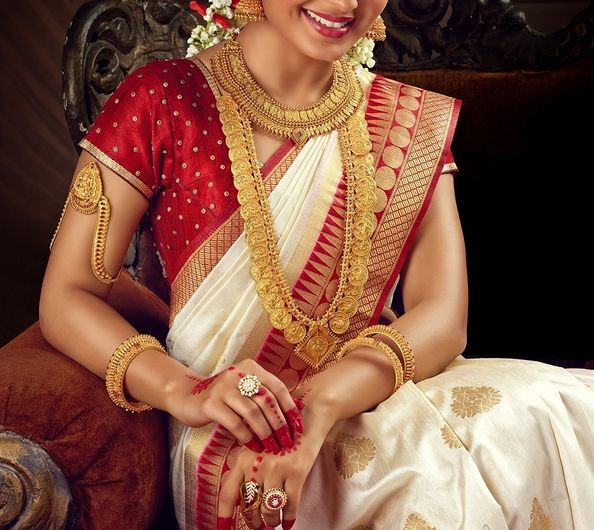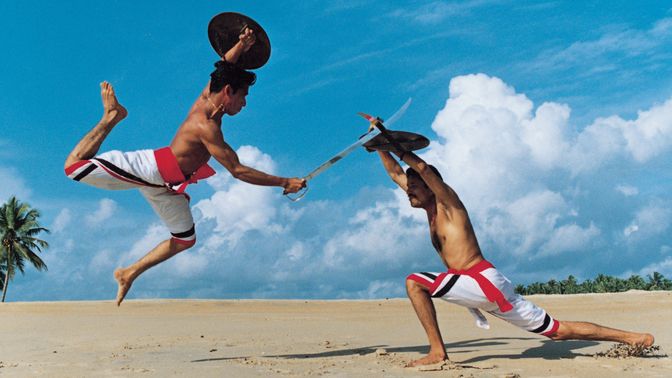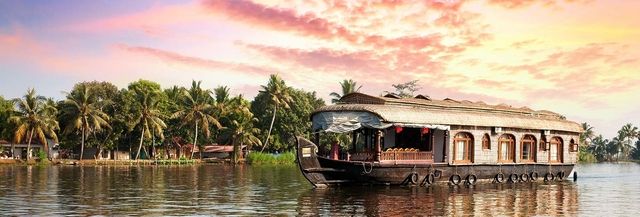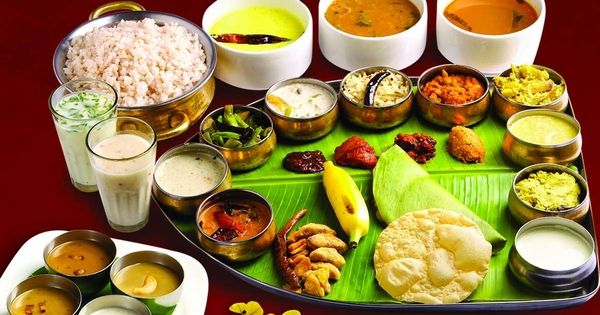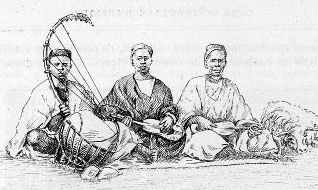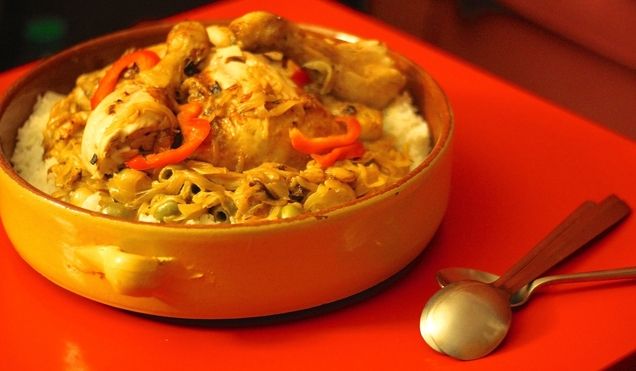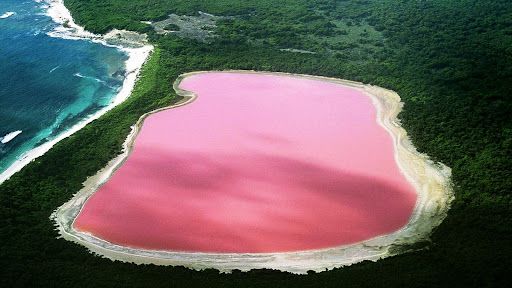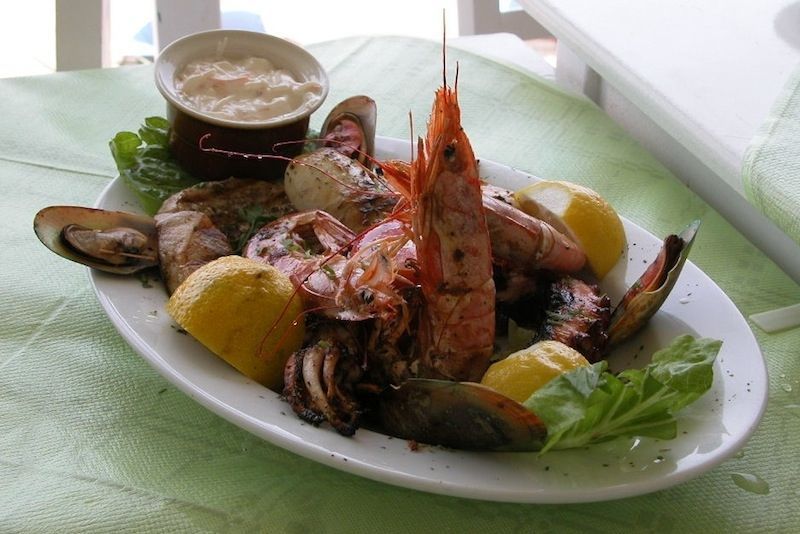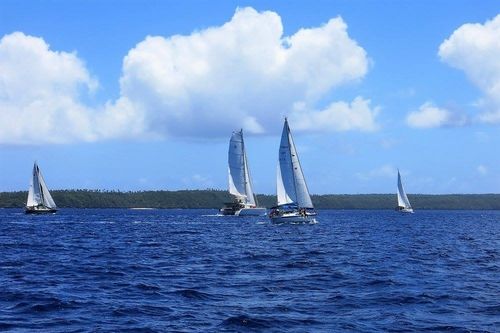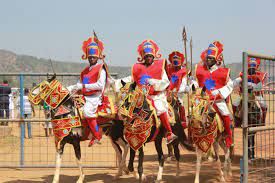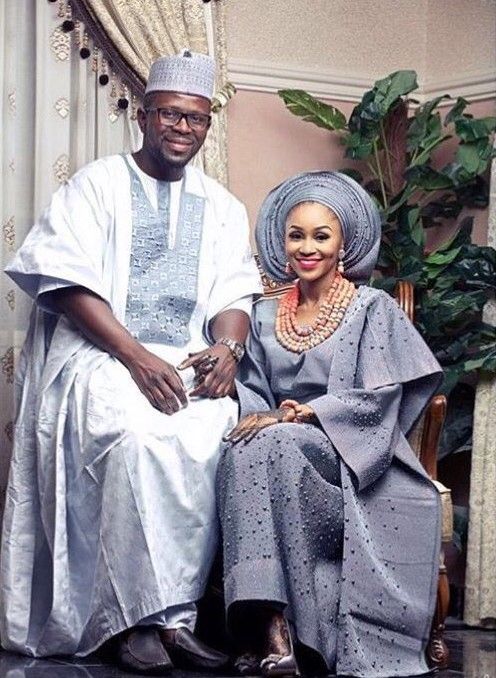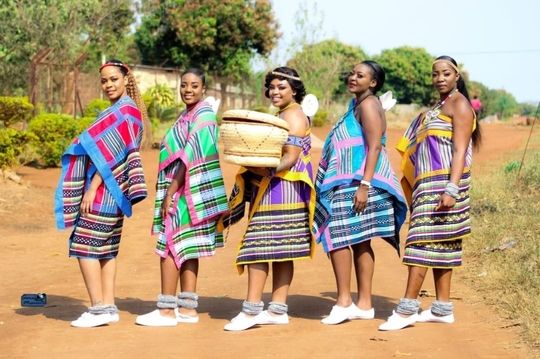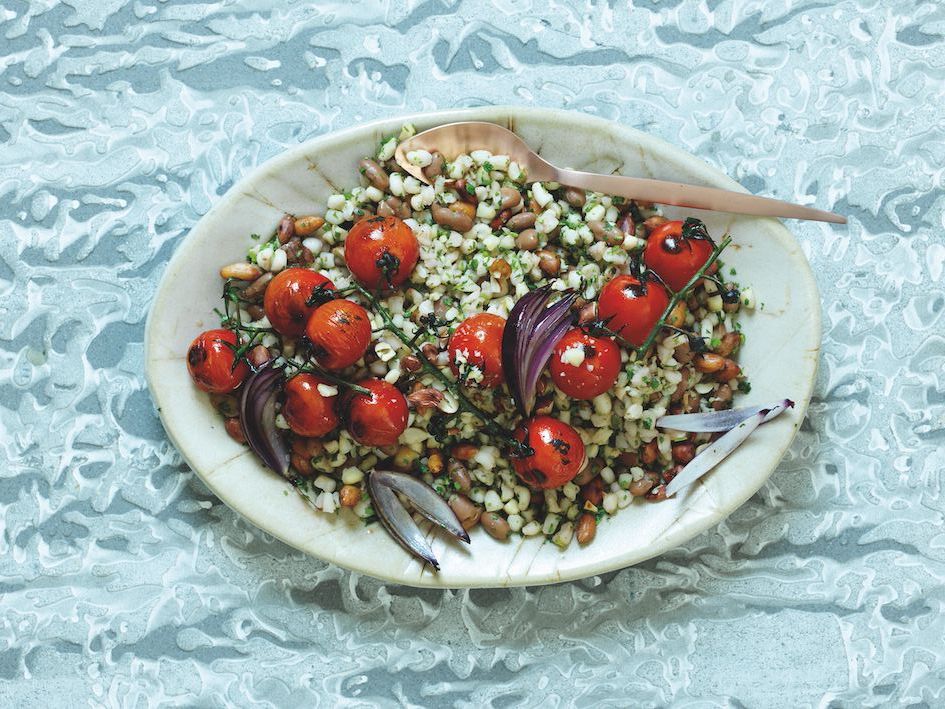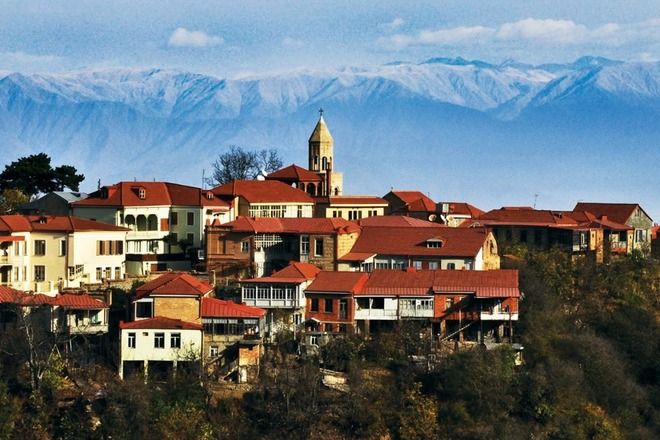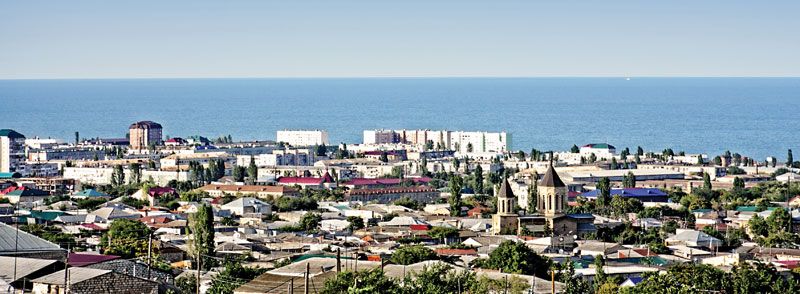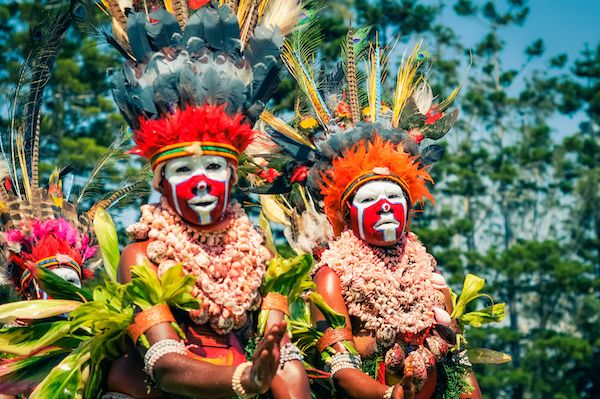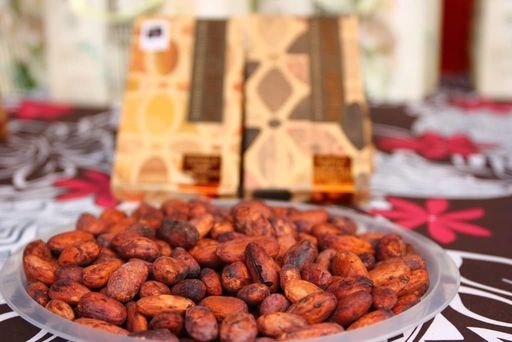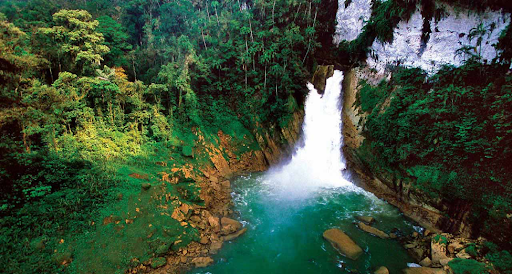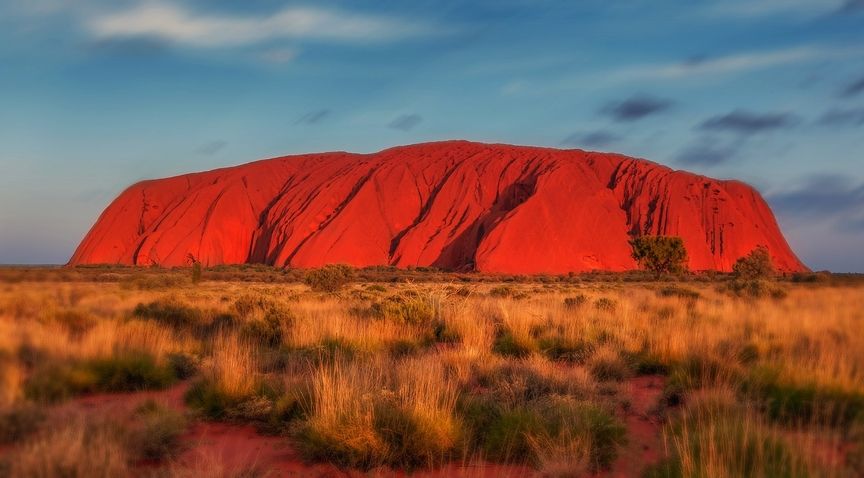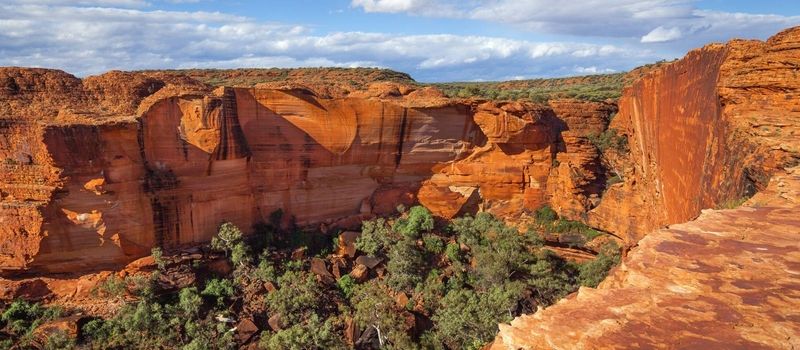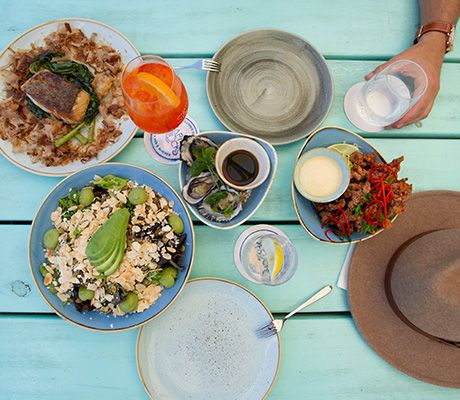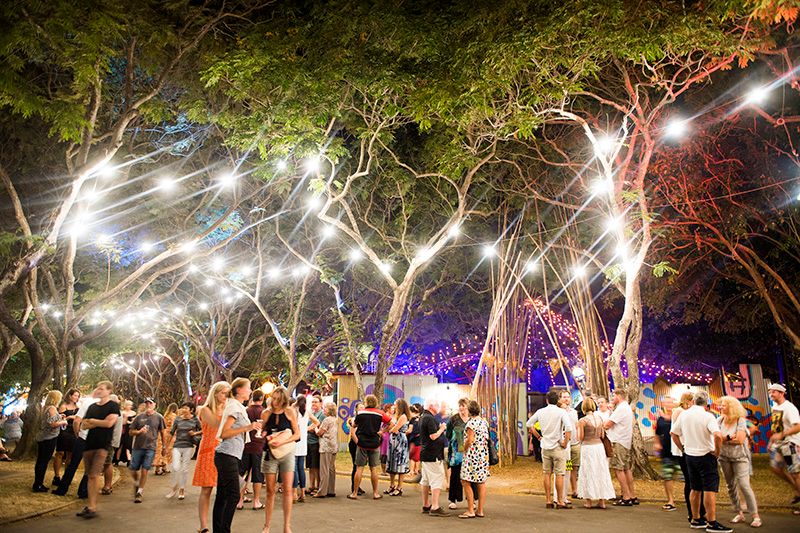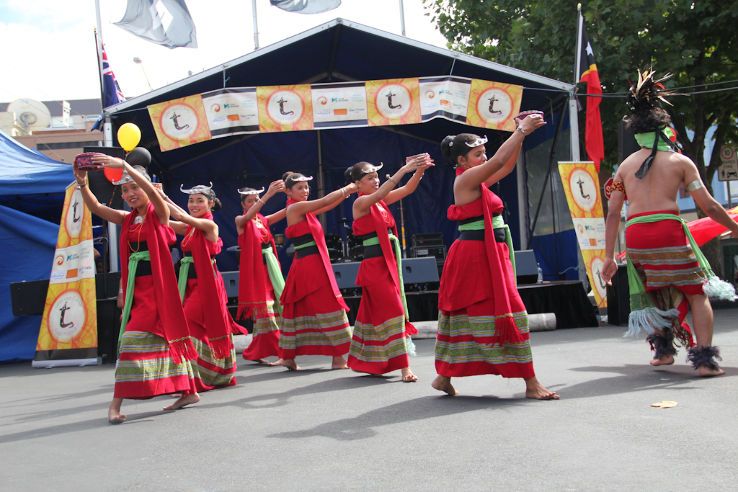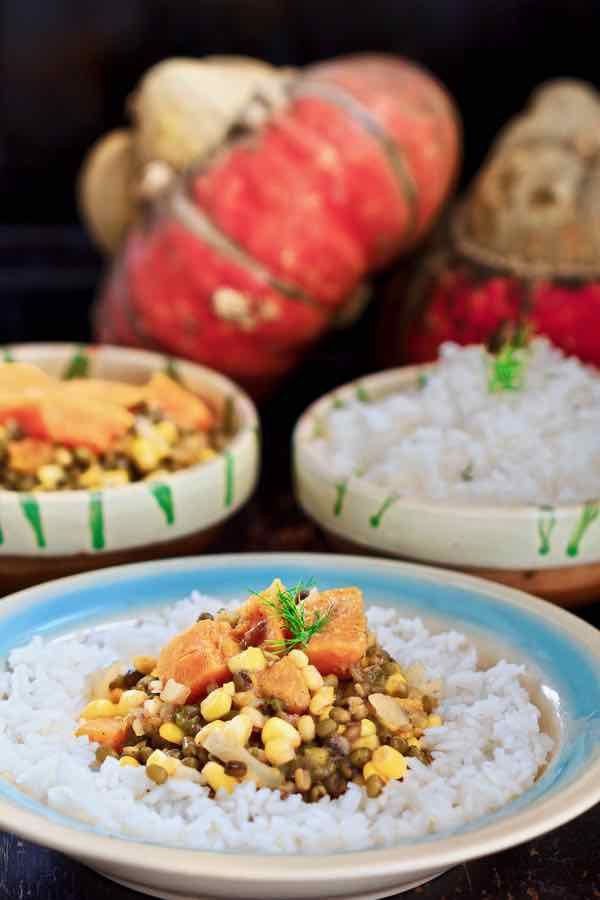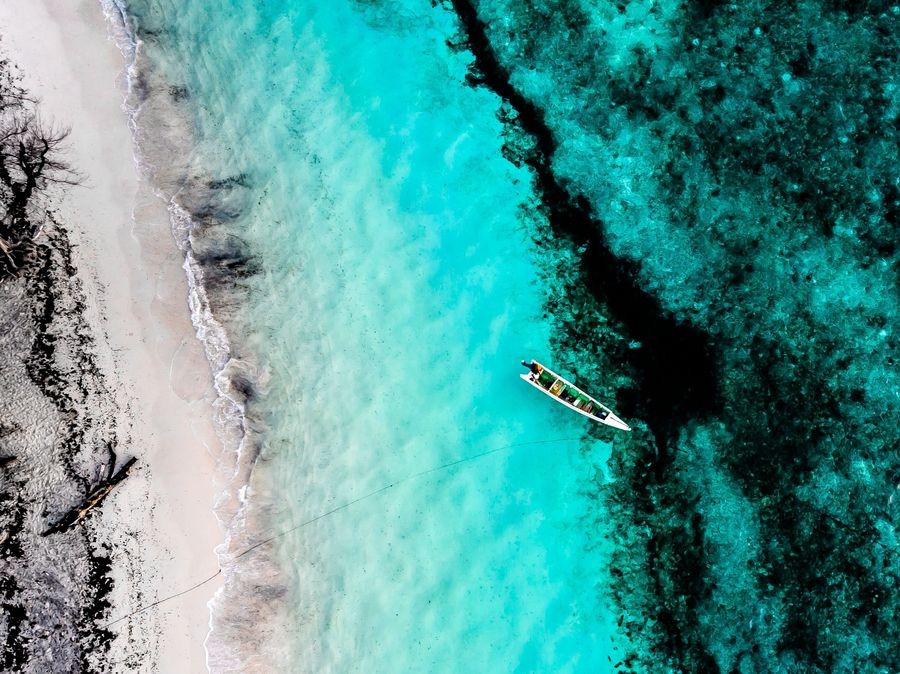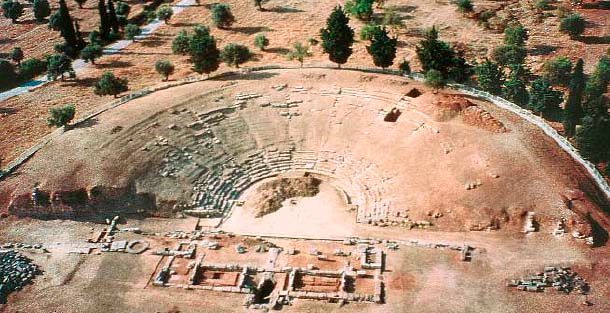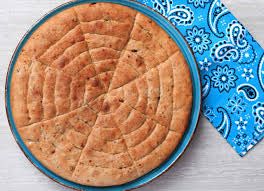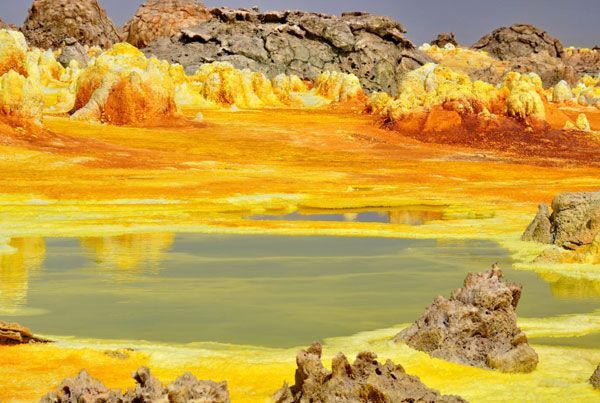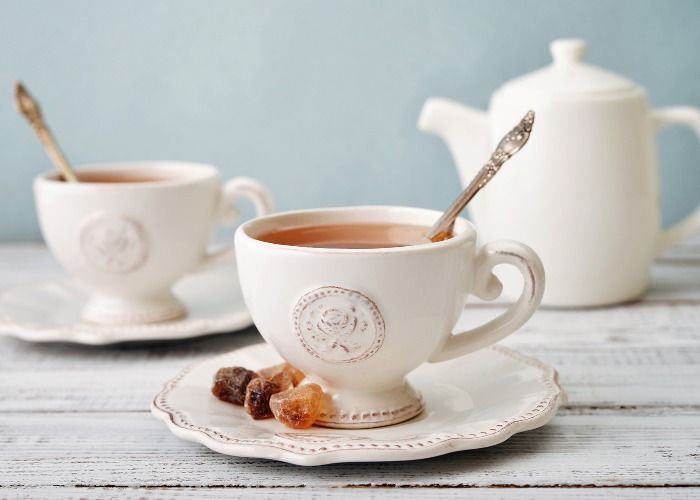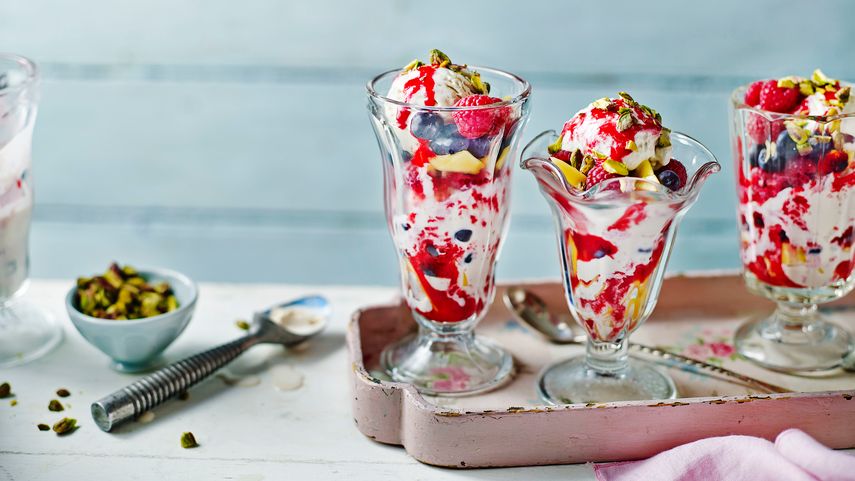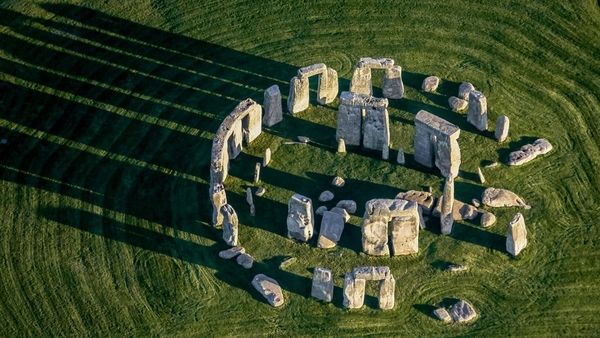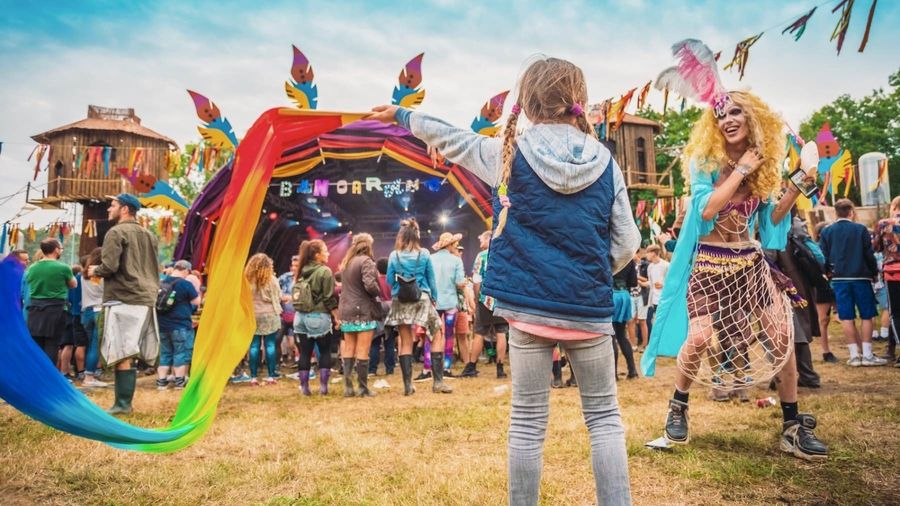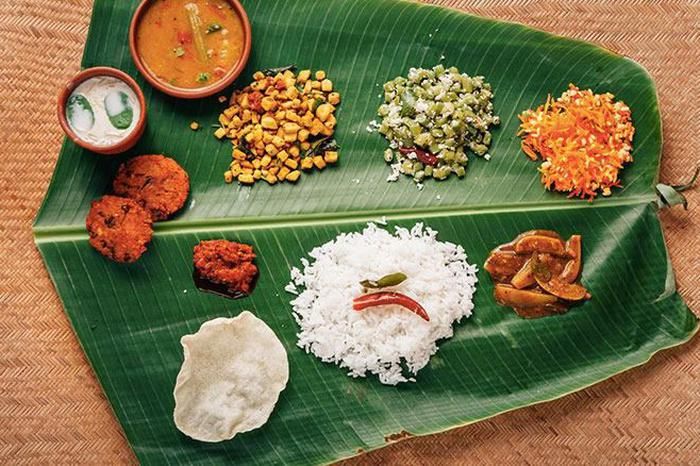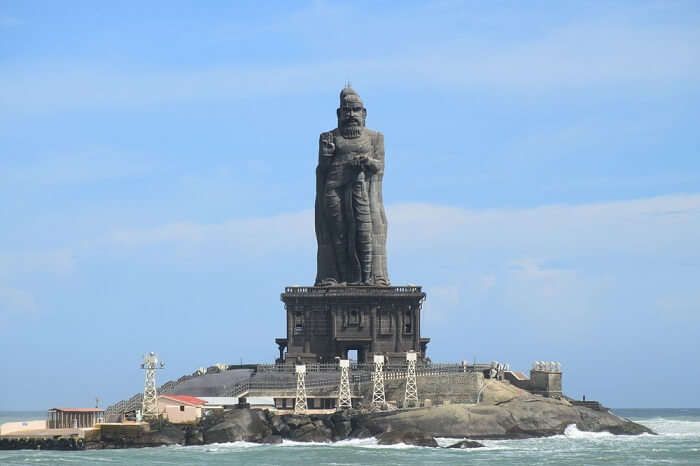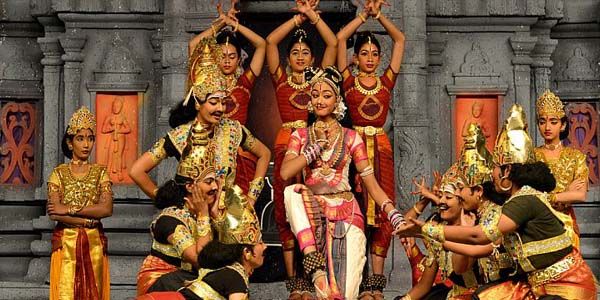Lumela is a common greeting in Sesotho. We present to you some interesting information about Lesotho.
In case you are from Lesotho and wish to report inconsistencies, please reply to this topic.
Sesotho is a Southern Bantu language of the Sotho-Tswana group, spoken primarily by the Basotho in Lesotho, where it is the national and official language; South Africa, where it is one of the 11 official languages; and in Zimbabwe where it is one of 16 official languages.
Lets unravel some amazing facts about the Sesotho language, Sotho people and Lesotho:
Sesotho is also known as Suto, Souto, Sisutho, and Suthu. The dialects originate from Suto, Pedi, and Tswana, but these are all considered to be separate languages.
Sesotho is also spoken in Botswana, Namibia, and Zambia.
According to scholars, the original written form of Sesotho was based on the dialect from Tlokwa and is today based mainly on the dialects from the Kwena and Fokeng.
The Sotho people, who speak Sesotho, are divided into three major branches, the southern Sotho (Basuto and Sotho), the western Sotho (Tswana), and the northern Sotho (Pedi).
The origins of the early Sotho remain unknown. However, it is believed that the Ironworkers, who were most likely Sotho-speakers, had lived in the town of Phalaborwa since the eighth century and in the Melville Koppies of the Johannesburg region since the 11th century.
Based on oral history, the founding lineage of the Sotho people was skilled in the art of smelting.
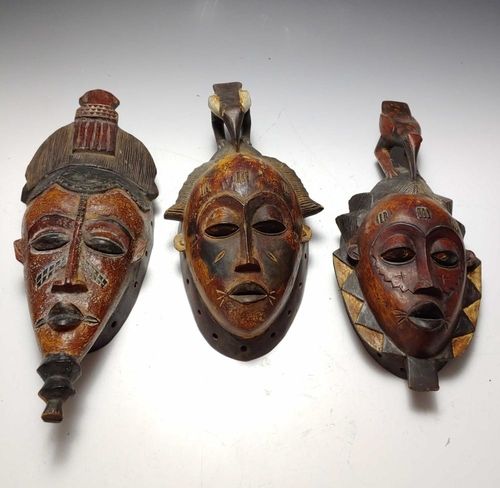
(Image Courtesy: Pinterest)
The majority of Sotho people living in Lesotho subsist on rearing horses, goats, and sheep. They also hunt and cultivate crops like grains and tobacco. Additionally, they are great artisans, knowing leatherwork, metalwork, and ivory and wood carving.
Lesotho is the world’s southernmost landlocked nation and has no direct access to beaches/ seas but, it has many mountain streams with the potential to generate hydroelectric power. The country is nearly self-sufficient in electricity production. It also sells water and electricity to neighboring South Africa.
Another Biggest Treasure of Lesotho is Diamonds. It has large diamond reservoirs and diamond export also earns great revenue for the nation.
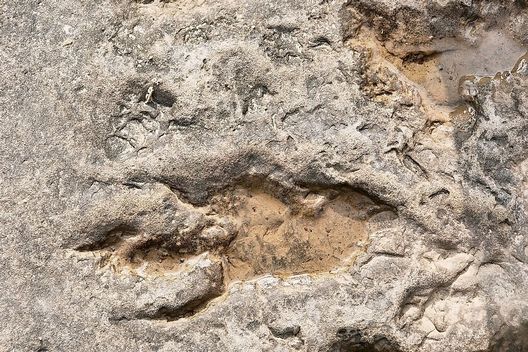
(Image Courtesy: https://www.worldatlas.com/)
Lesotho is highly popular among paleontologists and archeologists since one of the largest dinosaur footprints in the world has been discovered here.
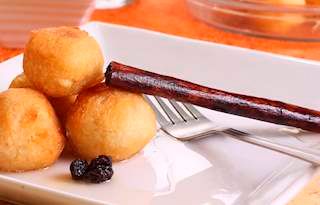
(Image Courtesy: https://www.tasteatlas.com/)
The main staple in Lesotho, as in much of southern Africa, is a stiff heavy maize porridge known as mealiepap, papa, or phuthu. It is usually accompanied by meat, bean, or vegetable-based stew. Some other remarkable foods of Lesotho are Butha-buthe, Afrikaanse stoofschotel, Nyekoe, Lekhotloane, Makoenva, Basotho Burger, Borotho.
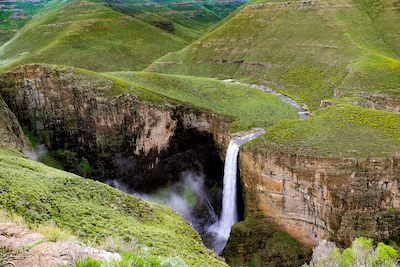
(Image Courtesy: https://www.visitlesotho.travel/)
To explore the beauty of Lesotho, travelers prefer to visit these places - Tsehlanyane National Park, Maseru, Semonkong, Katse Dam, Bokong, Liphofung, Leribe, Thaba Bosiu, Ha Kome, Mohale, Mafeteng, Teyateyaneng, Morija, Sehlabathebe National Park.
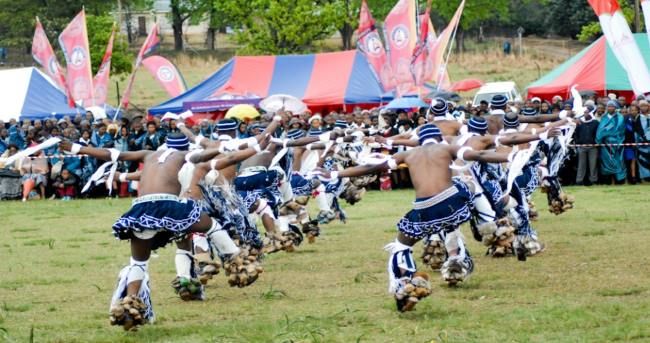
(Image Courtesy: https://www.uitvconnect.com/)
Holidays in Lesotho are centered around its rich heritage and culture. So to experience the warmth of Lesotho’s culture, travelers can participate in the following festivals - Family Day, Easter, Morija Arts and Cultural Festival, Lesotho Jazz Festival.
Hope you like it, if you know any other fascinating facts about Sesotho, Sotho and Lesotho, let us all know!
Source: https://en.google-info.org/
https://en.wikipedia.org/
https://kidskonnect.com/
https://www.visitlesotho.travel/
https://www.tasteatlas.com/


